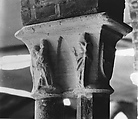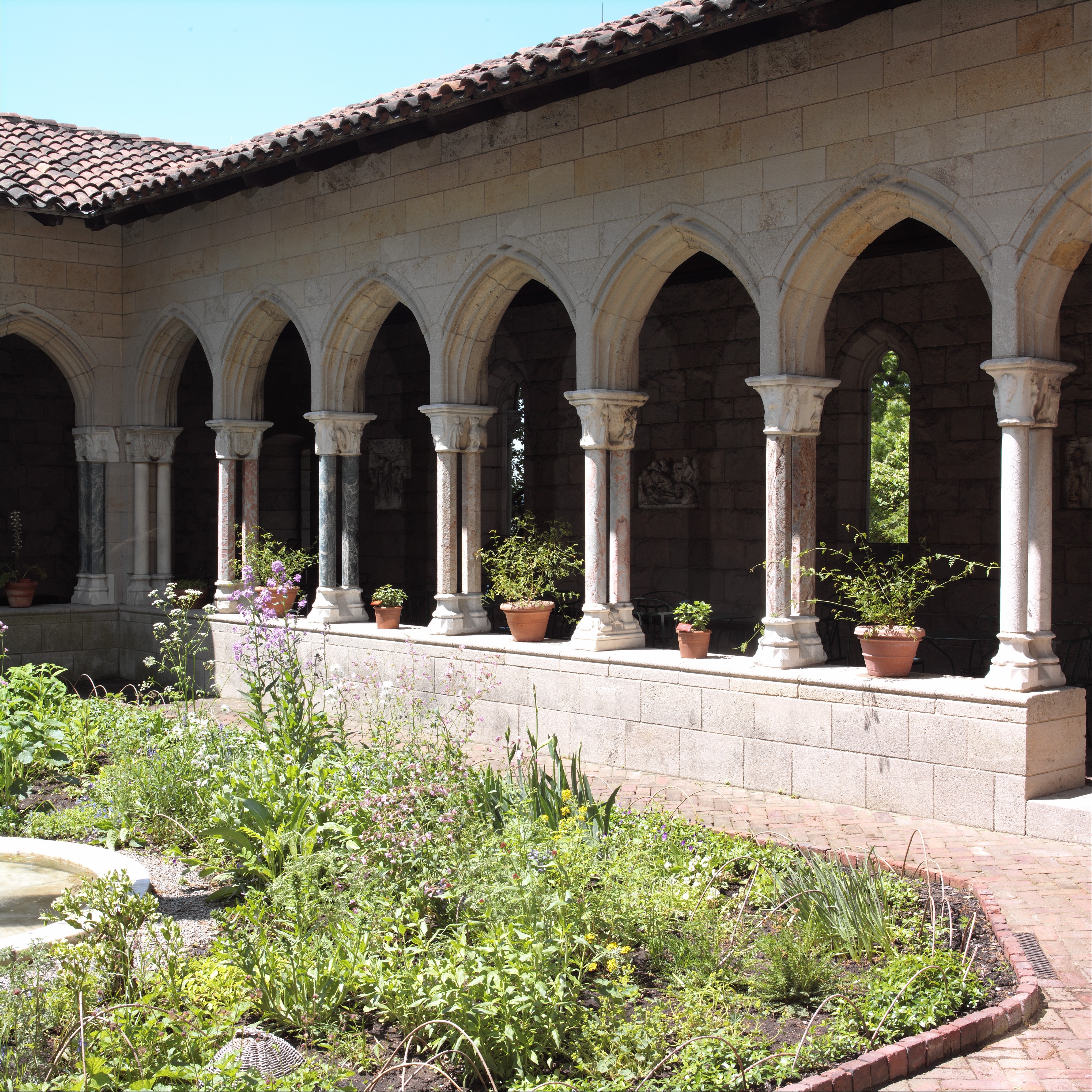Double Capital
The capitals from the cloister of the Carmelite convent at Trie-en-Bigorre, near Toulouse, are decorated with scenes from the Old and New Testaments and the lives of the saints. The use of white marble for the capitals and colored marble for the shafts indicates that this was a prestigious commission. Since the original arrangement of the capitals is unknown, they are displayed sequentially, corresponding to their unfolding narratives. Many coats of arms are found on them; those of Catherine de Foix, queen of Navarre, and her husband, Jean d'Albert, who married in 1484, help establish the earliest possible date for the construction of the cloister. After the Huguenots destroyed all of the monastic buildings except for the church in 1571, some of the Trie capitals were sold to the Benedictine monastery of Saint-Sever-de-Rustan for the rebuilding of its own cloister. Twenty-eight of them changed hands again between 1889 and 1890, when they were sold to the city of Tarbes. Of the eighty-one capitals known to have been at Trie, eighteen are now at The Cloisters.
The flowery meadow familiar from so many medieval works of art is re-created in the Trie Cloister garden, where a multitude of plants blooms in different seasons on a ground bordered with periwinkles. The fragrant display is accompanied by the sound of running water from the central fountain, which is composed of late medieval and modern elements. Together with the chirping birds, butterflies, and bees, the plantings transform this delightful enclosure into a vivid display of the flora and fauna seen in tapestries of the Middle Ages.
Due to rights restrictions, this image cannot be enlarged, viewed at full screen, or downloaded.
This artwork is meant to be viewed from right to left. Scroll left to view more.




